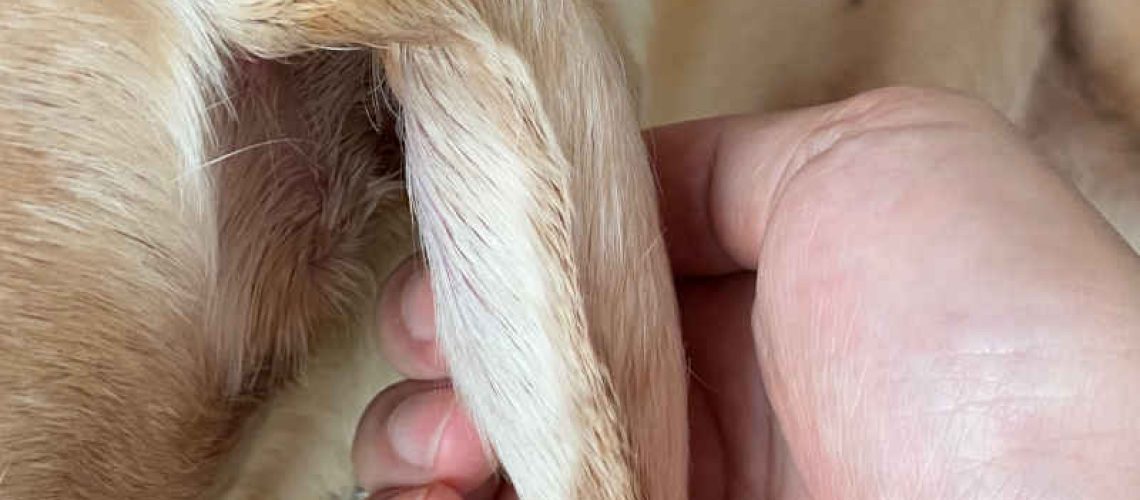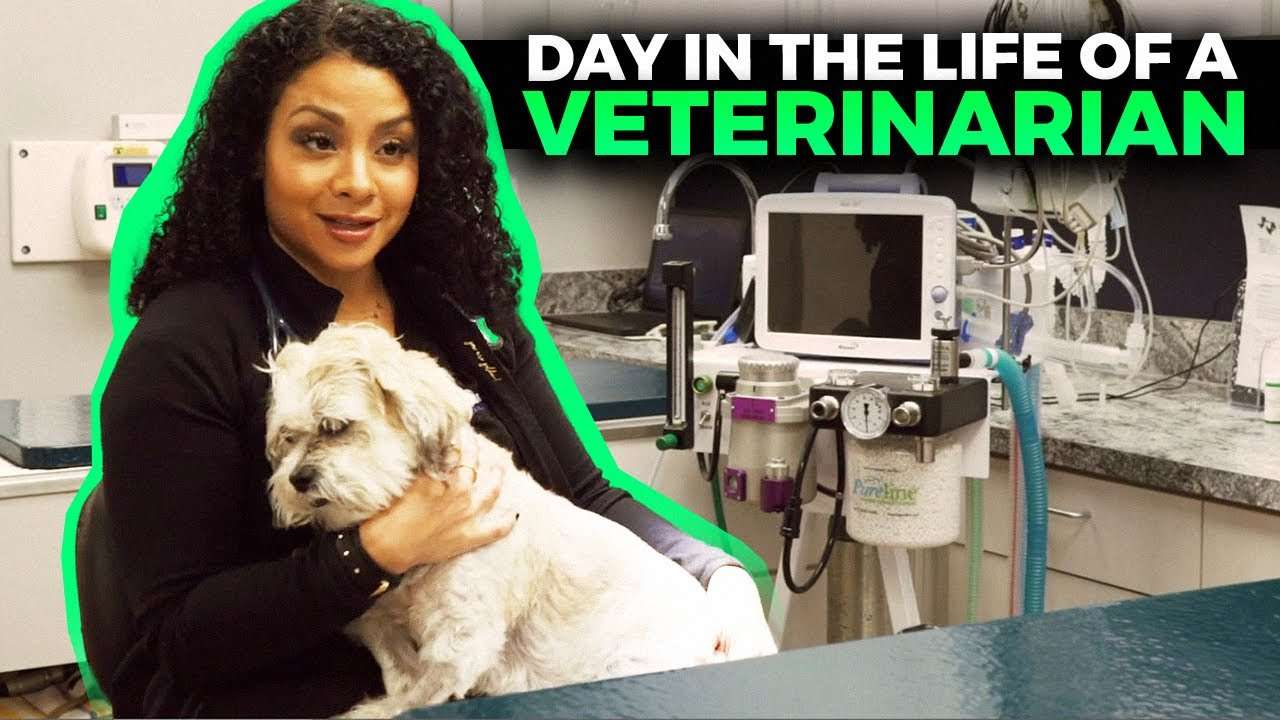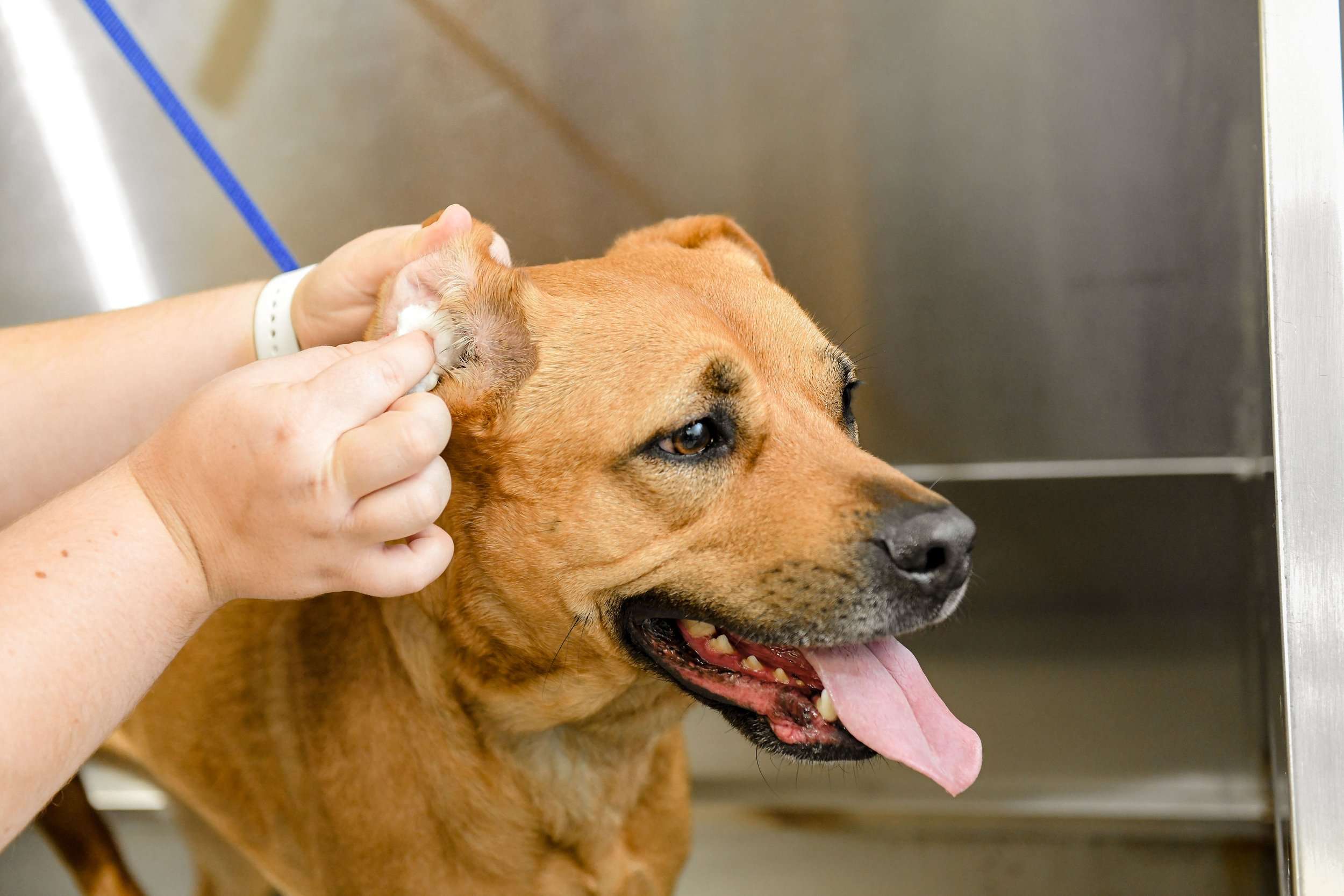Do you know that ear hematoma is not just a problem for dogs? It's true! This fascinating topic goes beyond our furry friends and delves into the world of human health. By understanding ear hematoma, you'll gain valuable insights into a condition that affects both humans and animals alike. Whether you're curious about how to prevent it or want to learn more about its causes and treatments, this subject will provide you with essential knowledge. So, let's dive in and explore the intriguing world of ear hematoma together!
Key Takeaways:
- Ear hematomas can occur in both dogs and humans.
- They are caused by trauma or injury to the ear, resulting in the accumulation of blood between the skin and cartilage.
- Symptoms include swelling, pain, and a fluid-filled lump on the ear.
- Treatment options for ear hematomas include drainage, medication, and surgery.
- Prevention involves protecting the ears from trauma and promptly treating any injuries or infections.
What is an ear hematoma?
An ear hematoma is a condition where blood accumulates between the skin and cartilage of the ear. It usually happens when there is damage to the blood vessels in the ear, causing blood to leak and collect in a pocket. This can result in a swollen, puffy, or "cauliflower-like" appearance of the affected ear.
Hematomas can occur in different parts of the body, but when it happens in the ear, it is called an "ear hematoma". Ear hematomas are more common in animals like dogs and cats because their ears have thin skin and are prone to injuries during scratching or shaking their heads vigorously.
Causes of an ear hematoma
The most common cause of an ear hematoma is trauma or injury to the ear. In animals like dogs and cats, this can happen when they scratch their ears excessively due to allergies or infections. The constant scratching can lead to irritation and damage to the blood vessels, resulting in a hematoma.
Other causes include head shaking, which can occur when there is an underlying ear infection or foreign object stuck in the ear canal. Certain medical conditions that affect blood clotting can also increase the risk of developing an ear hematoma.
Are ear hematomas a problem for dogs only?
No, while it is more common in dogs due to their floppy ears and tendency to scratch them vigorously, humans can also develop ear hematomas. However, human cases are relatively rare compared to animals.
In humans, ear hematomas are often caused by trauma or injury to the external part of the ear. This can happen from activities like contact sports or accidents where there is direct impact or force applied to the ears.
Symptoms of an ear hematoma
The main symptom of an ear hematoma is a swollen, puffy, or bulging appearance of the affected ear. The swelling is caused by the accumulation of blood between the skin and cartilage. Depending on the severity, the swelling can be mild to severe.
Other symptoms may include pain or discomfort in the affected ear, redness or warmth in the area, and a feeling of fullness or pressure. In animals, they may show signs of irritation or discomfort by scratching their ears excessively or shaking their heads more than usual.
Can an ear hematoma heal by itself?
In some cases, small and mild ear hematomas may resolve on their own without treatment. However, it is important to note that larger or more severe hematomas are unlikely to heal without medical intervention.
Without treatment, the accumulated blood can cause further damage to the tissues and lead to complications such as infection or scarring. Therefore, it is recommended to seek medical attention for an ear hematoma to prevent potential long-term problems.
Treatment options for ear hematomas in humans and animals
The treatment for an ear hematoma depends on its size and severity. In both humans and animals, there are surgical and non-surgical options available:
Non-surgical treatment:
- Draining: A healthcare professional can drain the accumulated blood using a needle and syringe. This procedure may need to be repeated multiple times if fluid continues to accumulate.
- Compression bandages: Applying pressure with bandages can help reduce swelling and promote healing. This method is often used in combination with draining.
- Medication: Anti-inflammatory drugs or corticosteroids may be prescribed to reduce swelling and inflammation.
Surgical treatment:
- Incision and drainage: A small incision is made in the ear to drain the accumulated blood. This is usually done under local anesthesia.
- Suturing: After draining the blood, sutures or stitches may be used to close the incision and help the skin adhere to the cartilage.
- Ear canal surgery: In some cases, if there is an underlying ear infection or foreign object causing the hematoma, additional surgical procedures may be needed to address those issues.
Risks and complications of treating an ear hematoma
While treatment for an ear hematoma is generally safe and effective, there are potential risks and complications that can arise from both non-surgical and surgical interventions. These include:
- Infection: There is a risk of developing an infection at the site of intervention, which may require additional treatment with antibiotics.
- Recurrence: Even after successful treatment, there is a chance of a hematoma recurring if the underlying cause (e.g., allergies, infections) is not addressed.
- Scarring: Surgical procedures can sometimes result in scarring or changes in the shape of the ear. However, these cosmetic changes are usually minimal.
Preventing an ear hematoma from occurring
To help prevent ear hematomas in animals like dogs and cats, it's important to address any underlying causes that may lead to excessive scratching or head shaking. This includes regular cleaning of their ears, addressing any ear infections promptly, and managing allergies if present.
In humans, preventing ear hematomas can be achieved by wearing protective headgear during activities that pose a risk of trauma to the ears, such as contact sports or certain occupations where there is a higher chance of injury to the ears.
Where to seek help for a suspected ear hematoma
If you suspect you or your pet has an ear hematoma, it is recommended to seek medical attention from a healthcare professional or veterinarian. They will be able to assess the condition and provide appropriate treatment options based on the severity and underlying cause of the hematoma.
Treatment options for ear hematomas in humans and animals
Medical Treatment
In cases of ear hematomas, medical treatment is often the first line of defense. A healthcare professional may drain the accumulated blood from the hematoma using a needle or make a small incision to remove the blood clot. They will then apply pressure to prevent further bleeding and promote healing. Antibiotics may be prescribed to prevent infection, and pain medication can help manage discomfort during recovery.
Surgical Intervention
In more severe cases or when other treatments have failed, surgical intervention may be necessary. This involves making an incision in the affected area to remove the blood clot and repair any damaged blood vessels or tissues. The surgeon may also use sutures or drains to aid in proper healing and prevent re-accumulation of blood.
Home Remedies
While not recommended as a primary treatment option, there are some home remedies that can provide temporary relief for mild ear hematomas. Applying a cold compress or ice pack wrapped in a cloth to the affected area can help reduce swelling and alleviate discomfort. However, it is important to consult with a healthcare professional before attempting any home remedies to ensure they are safe and appropriate for your specific situation.
It is crucial to seek prompt medical attention for an ear hematoma, as untreated cases can lead to complications such as infection or permanent deformity of the ear. Remember, each individual's case is unique, so it is essential to consult with a healthcare professional who can assess your specific situation and recommend the most suitable treatment approach.
Risks and complications of treating an ear hematoma
Treating an ear hematoma carries certain risks and potential complications that should be considered. While these risks are relatively low, it is important to be aware of them before undergoing any treatment.
One possible risk is infection. Any time the skin is punctured or incised, there is a risk of introducing bacteria into the wound, which can lead to an infection. To minimize this risk, healthcare professionals take precautions such as sterilizing equipment and prescribing antibiotics when necessary.
Another potential complication is scarring or deformity. Depending on the severity of the hematoma and the chosen treatment method, there may be a chance of scarring or permanent changes in the shape of the ear. This risk can be minimized by seeking treatment early and following post-treatment care instructions provided by healthcare professionals.
It is important to have realistic expectations about the outcome of treatment and discuss any concerns or questions with your healthcare provider. They will be able to provide you with personalized information based on your specific situation.
Preventing an ear hematoma from occurring
While it may not always be possible to prevent an ear hematoma entirely, there are steps that can be taken to reduce the risk of its occurrence.
One preventive measure is avoiding activities that increase the likelihood of trauma to the ears. For example, wearing appropriate protective gear during contact sports or activities with a high risk of injury can help minimize the chances of developing a hematoma.
Regularly checking your ears for signs of infection or inflammation can also help identify potential issues early on. If you notice any redness, swelling, or discomfort in your ears, it is important to seek medical attention promptly.
Additionally, if you have a pet with floppy ears, regularly inspecting their ears for signs of irritation or injury can help prevent hematomas in animals. Gently cleaning their ears as recommended by a veterinarian can also promote good ear health and reduce the likelihood of complications.
Remember, prevention is key when it comes to ear hematomas. By taking proactive measures and seeking prompt medical attention when needed, you can significantly reduce the risk of developing this condition.
Where to seek help for a suspected ear hematoma
If you suspect that you or your pet may have an ear hematoma, it is important to seek professional help from a healthcare provider or veterinarian. They have the expertise and knowledge to accurately diagnose and recommend appropriate treatment options.
For humans, scheduling an appointment with a primary care physician or an ear, nose, and throat specialist (ENT) is recommended. These healthcare professionals can assess the severity of the hematoma and determine the most suitable course of action.
For animals, contacting a trusted veterinarian is crucial. They will be able to examine your pet's ears, provide an accurate diagnosis, and recommend the appropriate treatment plan.
Remember, early intervention is key in managing ear hematomas effectively. By seeking help from qualified professionals, you can ensure proper diagnosis and receive the necessary treatment to promote healing and prevent complications.
In conclusion, an ear hematoma is not only a problem for dogs, but can also affect humans. It is important to seek medical attention if you notice any swelling or pain in your ear, as early treatment can help prevent complications and discomfort.
How urgent is a dog ear hematoma?
It is important to treat aural hematomas promptly. Acute hematomas, which have developed recently, tend to respond better to drainage compared to those that have been present for several days. Surgery is more challenging if a hematoma has formed and become thicker. There is a higher likelihood of scarring, which can lead to a permanent deformity known as a cauliflower ear flap.
Why does my dog's ear swell up like a balloon?
Description: An aural hematoma is a collection of blood that forms inside the ear flap. The swelling is typically soft, warm to the touch, and causes the ear to hang down. Aural hematomas often occur as a result of an underlying issue like an ear infection, skin condition, or ear mite infestation.
Can a dog ear hematoma heal on its own?
Dog ear hematomas have the potential to heal naturally if left untreated. However, this can cause discomfort for the dog and may lead to a deformed, scarred ear referred to as a "cauliflower ear."
How long can dog ear hematoma go untreated?
If a haematoma is not treated, the blood in the ear flap will divide into serum and a clot and will gradually be absorbed over a period of 10 days to 6 weeks. This can cause discomfort for your dog and unfortunately, some scarring will occur during this period.
How much does a vet charge for a dog ear hematoma?
The price of ear hematoma surgery for dogs can vary from $300 to $2,500 because different factors are considered, such as the size and location of the hematoma. Before proceeding with the surgery, it is crucial to consult with your dog's veterinarian to determine the cost.
How can I treat my dogs swollen ear flap at home?
Compression wraps and bandages are used to secure your dog's ears tightly against its head. This action helps in preventing excessive shaking and scratching that could potentially worsen an existing hematoma or lead to a new one. However, the effectiveness of using a wrap will depend on the cause of the hematoma, as it may either assist in the treatment or hinder the resolution of the underlying issue.

















